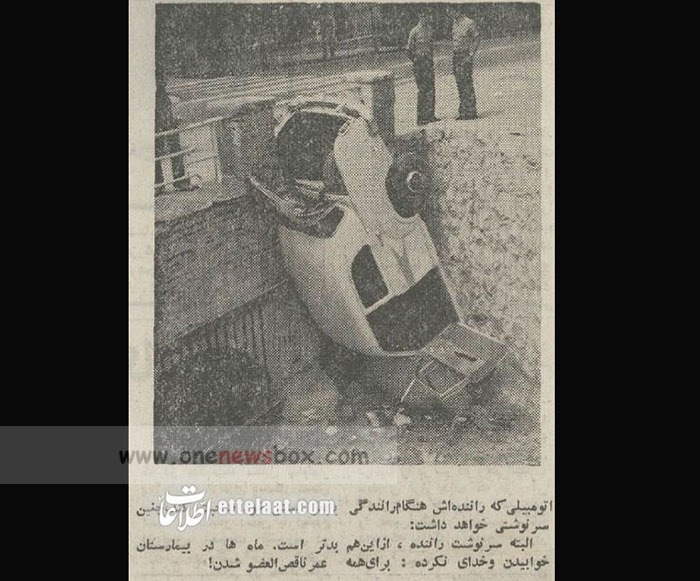The Impact of the Study
The 1974 study by Tehran’s traffic police marked an important step toward addressing the city’s growing traffic problem. While its immediate impact may have been limited by the systemic challenges of the time, it laid the groundwork for future efforts to improve road safety.
Following the study, several measures were proposed to reduce the rate of accidents, including:
- Driver Education:
Public awareness campaigns were launched to educate drivers about traffic laws and safe driving practices. These campaigns emphasized the importance of obeying speed limits, using seat belts, and avoiding dangerous behaviors such as tailgating and distracted driving. - Improved Traffic Management:
Efforts were made to modernize Tehran’s traffic management systems, including the installation of additional traffic lights, the implementation of one-way streets, and the use of traffic wardens to direct vehicles in busy areas. - Road Infrastructure Development:
Investments were made in improving road infrastructure, including the construction of overpasses, underpasses, and pedestrian bridges. These developments aimed to reduce congestion and create safer conditions for all road users. - Stricter Enforcement:
Law enforcement agencies were encouraged to take a more proactive approach in enforcing traffic laws. This included issuing fines for violations and conducting regular vehicle inspections to ensure compliance with safety standards.
A Reflection on Urban Growth
The 1974 traffic study is more than just a historical document; it reflects the challenges faced by cities undergoing rapid urbanization and modernization. The issues identified in Tehran at the time—reckless driving, inadequate infrastructure, and the human cost of accidents—are not unique to that era or location. Cities around the world continue to grapple with similar problems as they grow and evolve.
Tehran’s experience serves as a case study for understanding how urban development can impact public safety. It also highlights the importance of proactive planning and investment in infrastructure to address the needs of a growing population.

